When the Authoritarians Came Out (2008 – 2022)
Sarah Palin’s nomination as John McCain’s vice presidential running mate in 2008 was a coming-out party of sorts for the mostly White, racist, homophobic, anti-intellectual fringe that had been courted by the GOP since 1980 and was now the party’s passionate base. Two years later, Tea Party victories elevated them into the mainstream of the Republican Party and brought an explicit authoritarian identity to policy negotiations in Congress. Donald Trump’s emergence as a candidate and then as president more clearly exposed the growing threat from the Right as he further emboldened party radicals and made the battle lines in the culture war impossible to ignore.
For three decades, the conservatives who led the Republican Party had courted the fringe – the white supremacists and Christian nationalists who did not like the secular inclusiveness of modern American democracy. They didn’t anticipate one of their own going to war against the party itself and cultivating a populist revolt against the “Washington insiders” who they believed were corrupting and bankrupting the government.
When Ronald Reagan declared “government is the problem”, he was referring to government as an obstacle to solving specific economic challenges at a very specific moment in time. In the view of Newt Gingrich, however, the problem with government – run by villainous liberals and weak-minded conservatives – was more pervasive. Whereas Reagan argued in favor of government for, by, and of the people rather than “government by an elite group”, Gingrich was intent on tearing the system down. And he proved adept, with Frank Luntz’ help, at encouraging others to use the same divisive tactics, even if they were not pursuing the same goal.
Some of those “others” included senior members of John McCain’s 2008 campaign.
A Third Warning: “My-party-right-or-wrong partisanship”
In their 2004 book, “America’s Right Turn”, Richard Viguerie, considered a father of the conservative movement, and GOP activist David Franke detailed how conservatives used the media to push a new narrative and achieve political power. Near the end of the book, they acknowledged that, as a consequence of their success, conservatives had lost control of the Republican Party.
In a statement that makes Bill Kristol’s warning of ten years earlier seem quite prescient, they observed, “The conservative message of limited, constitutional government has been virtually silenced, co-opted by my-party-right-or-wrong partisanship.” In their eyes, the angry populists, tapped by Gingrich and Luntz and an all-too-willing battalion of Republicans eager for political victories, had risen to the top – in full view of a news media fixated on the red-blue divide.
Two years later, John Dean, former White House counsel under Richard Nixon and friend of Barry Goldwater, went further. In his book, Conservatives Without Conscience, he called out the authoritarian trend in the Republican Party that had begun, in his reckoning, around 1994:
“When I started writing this book I had a difficult time accounting for what had become of conservatism or, for that matter, the Republican Party…. My finding, simply stated, is the growing presence of conservative authoritarianism.”
As evidence of the party’s move away from traditional free market conservatism and respect for the checks and balances of the Constitution, he cited the party’s incivility and divisiveness, emphasis on social issues, and willingness to defy international treaties, violate the law, and extend the powers of the president.
The book received mixed reviews, with some reviewers lauding it as penetrating and powerful (Chicago Tribune, Booklist, FindLaw ), while others were skeptical. Writing for The New York Times, Nick Gillespie, then editor-in-chief of the right-leaning Reason magazine, referred to the book as “ideological comfort food” and put the word “authoritarian” in quotes when used alongside the word “Republican” (“the new study of ‘authoritarian’ Republicans”). Washington Post political analyst Chris Cillizza was similarly unconvinced, calling the premise “intriguing” but writing the “book is another rhetorical bomb in the war of words between political left and right.” Even Publisher’s Weekly could muster little to sell the book, saying it was “suffused with bitterness” and lacking journalistic credibility.
Yet once again, it seems the predominant, normative narrative of the red-blue divide exerted its influence to minimize the alarms being raised.
2008
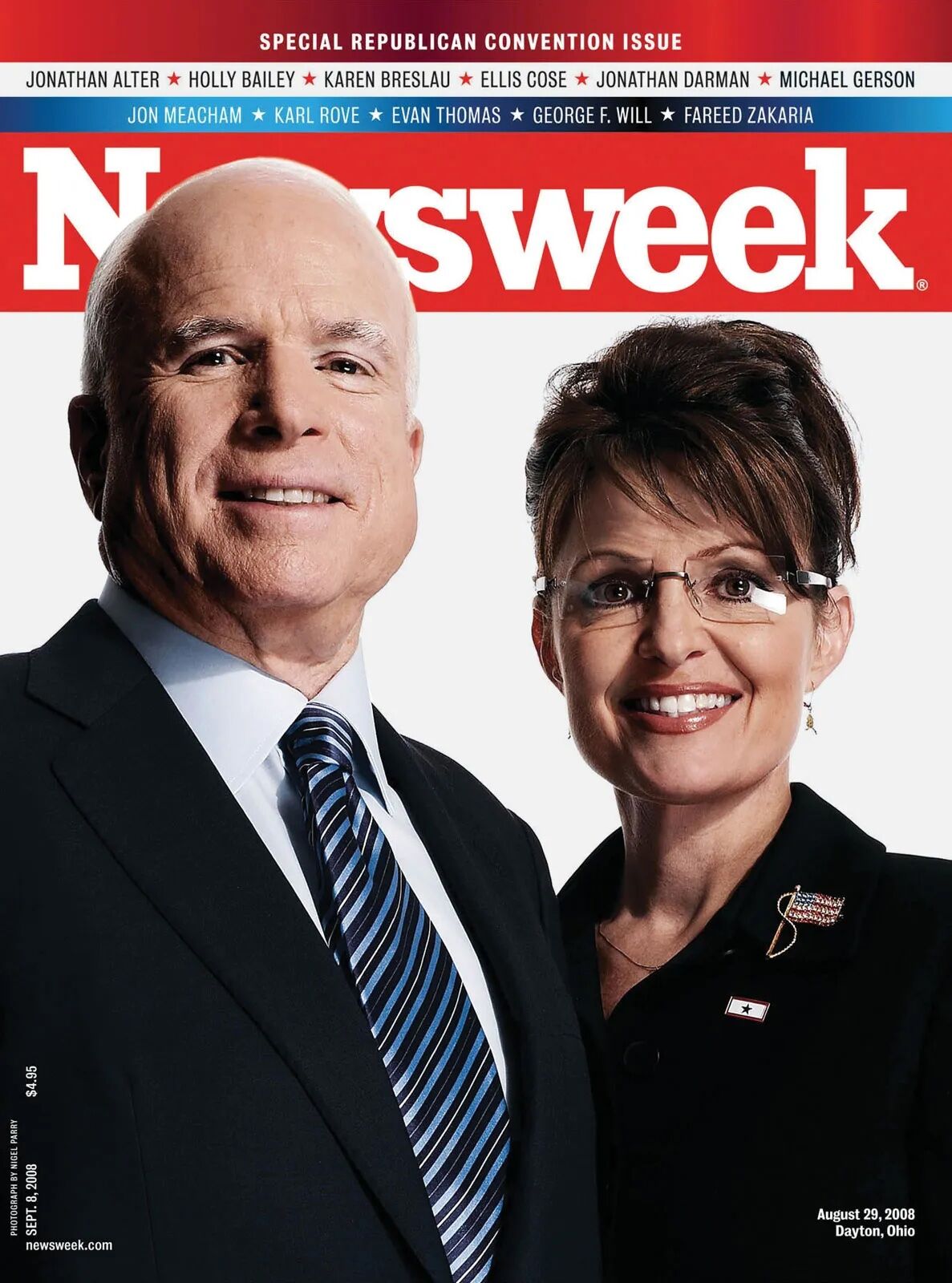
Palin’s Nomination: Trump Before There Was Trump
Sarah Palin’s nomination as John McCain’s running mate in 2008 was a coming out of sorts for the conspiracy-minded, anti-elite, anti-government populists in the GOP. Described at the time in ways that bear a striking resemblance to Donald Trump, the excitement she generated for McCain’s campaign foreshadowed the impact Trump would have in 2016.
2010
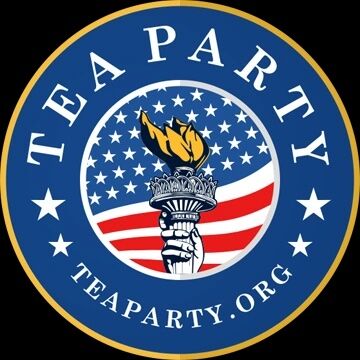
The Tea Party: A Rising Tide
Two years after establishment Republicans invited the populist Palin into their midst, a tidal wave of populist candidates ran for and won seats in state and national government. Running as Republicans, Tea Party candidates moved the party further to the extreme right while retaining the “conservative” label and so normalizing what was a radical split in the party. As they altered the political landscape, they made a candidate like Donald Trump electable.
2013

The Heritage Foundation Turns Away from Conservatism
By 2013, the Heritage Foundation no longer served as the visionary light of conservative thought. Instead, its focus had shifted from generating new policy ideas to politicking for increasingly intransigent policy positions. As it lost its intellectual footing, it succumbed to the cult of Trump.
2015
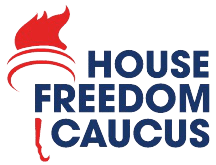
Freedom Caucus: The Radicals Organize in Congress
Before it became part of the Trump movement, the Tea Party formed a new power center in Washington when it organized the House Freedom Caucus. In doing so, it institutionalized in Congress the revolt Gingrich had championed in 1978 against existing leadership and what he deemed was meek, middle class Republicanism.
2016
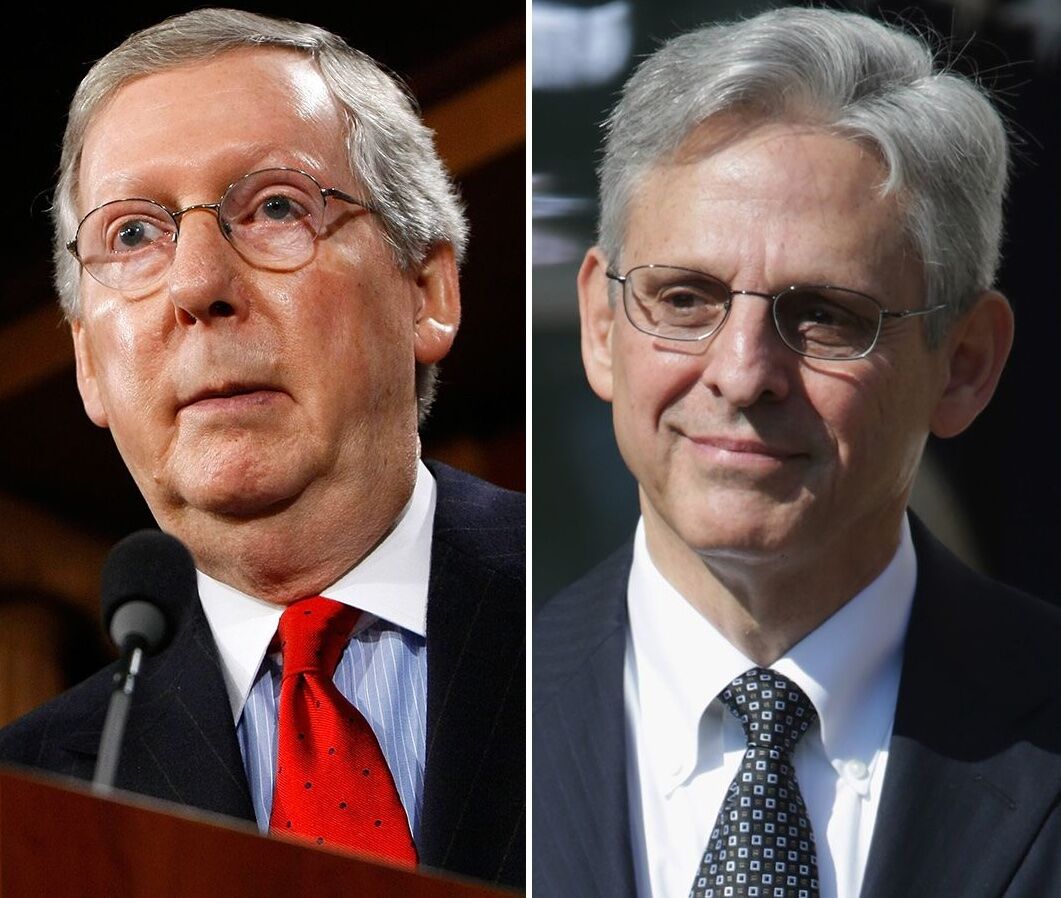
McConnell: Republican Court Packing
Senate Majority Leader Mitch McConnell (R-KY) blocked Merrick Garland’s nomination to the Supreme Court using a line of thinking that he quickly abandoned when he had the opportunity to rush through the confirmation of Amy Coney Barrett four years later. These two events, along with two years spent obstructing President Obama’s nominees for the federal judiciary, reflected a strategy that ignored long-established senate norms and successfully packed the courts with Federalist Society candidates.
2017
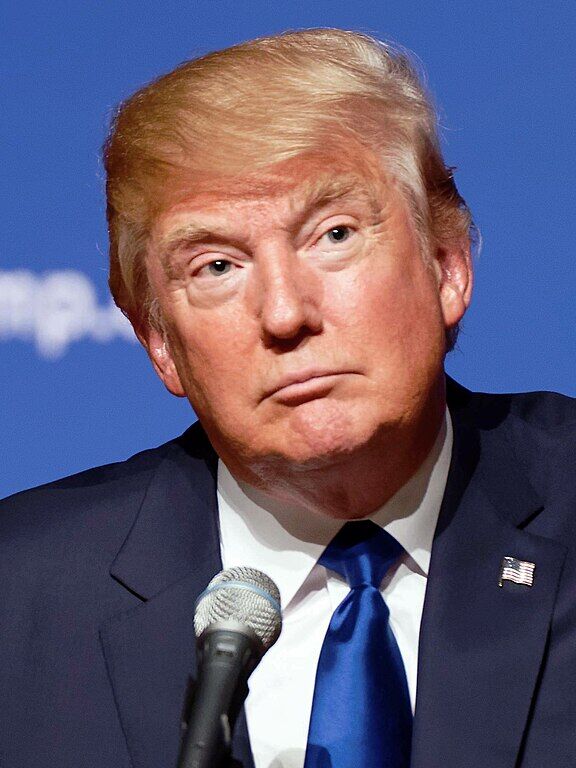
Trump’s Presidency: Shedding Pretense
When Donald Trump announced his candidacy for president in 2015, he immediately started throwing gasoline on the populist fires lit by Gingrich and Luntz. The chaos, divisiveness, and anti-democratic activity in the White House was too much even for the media and general public to accept as normal. The country slowly awakened to the authoritarian threat of the Trump presidency.

